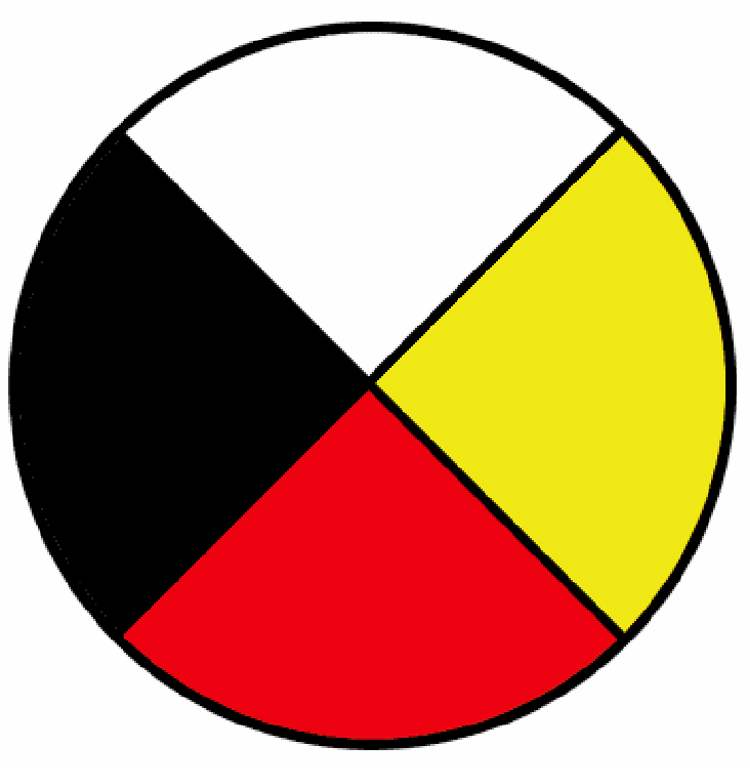Medicine-wheel garden proves fertile idea
Advertisement
Read this article for free:
or
Already have an account? Log in here »
To continue reading, please subscribe:
Monthly Digital Subscription
$0 for the first 4 weeks*
- Enjoy unlimited reading on winnipegfreepress.com
- Read the E-Edition, our digital replica newspaper
- Access News Break, our award-winning app
- Play interactive puzzles
*No charge for 4 weeks then price increases to the regular rate of $19.00 plus GST every four weeks. Offer available to new and qualified returning subscribers only. Cancel any time.
Monthly Digital Subscription
$4.75/week*
- Enjoy unlimited reading on winnipegfreepress.com
- Read the E-Edition, our digital replica newspaper
- Access News Break, our award-winning app
- Play interactive puzzles
*Billed as $19 plus GST every four weeks. Cancel any time.
To continue reading, please subscribe:
Add Free Press access to your Brandon Sun subscription for only an additional
$1 for the first 4 weeks*
*Your next subscription payment will increase by $1.00 and you will be charged $16.99 plus GST for four weeks. After four weeks, your payment will increase to $23.99 plus GST every four weeks.
Read unlimited articles for free today:
or
Already have an account? Log in here »
Hey there, time traveller!
This article was published 02/06/2012 (4925 days ago), so information in it may no longer be current.
I wanted to grow an indigenous plant garden, as well as veggie garden this year. After all, we don’t get to see many traditional plants growing in the city.
I decided to focus on the four sacred medicine plants — sage, sweetgrass, cedar and tobacco.
I knew where I could find some sage, cedar and sweetgrass, but not the elusive ceremonial tobacco. Do they even sell tobacco plants? I wondered.

My mom gave me a book several years ago called The Medicine Wheel, written by Sun Bear and Wabun. I started reading it again one evening and then an idea hit me. Why not create a medicine-wheel garden?
Medicine wheels have been around for thousands of years among the plains Indians. If you haven’t seen one, think of something similar to a Stonehenge, except without the Druids and a lot more horizontal.
The wheel is divided into four equal quarters at the four directions. Many people recognize it as the red, yellow, white and blue (or black) circle.
There isn’t a ton of information out there, but the consensus is the structures were used for ceremonies, as well as to gain balance and connection to the world around us. It sounded dreamy, so I decided to give it a try.
The Medicine Wheel was a good guidebook, even if it was a tad New Age. It taught me each of the 36 stones I would use to construct my medicine wheel represented different teachings.
I also found guidance from an online resource: the teachings of an Anishinabe elder who oversaw the creation of a medicine wheel at the First Nations University of Canada in Regina.
I soon realized making a medicine wheel is serious stuff. Like life, we are meant to move along that sacred circle, learning and growing stronger as we go. To remain in one place isn’t good for us. And, of course, nothing good comes easy.
I planted some tobacco seeds, but the baby and the cat teamed up hours later and knocked my entire batch of seedlings off the kitchen table.
I swept up the mess and used a sifter to fish out the hot pepper, tomato and cabbage seeds. But tobacco seeds resemble brown dust. No matter how hard I squinted, I couldn’t find them.
I searched all over for tobacco seeds, but everywhere they were sold out. I figured it was a sign to chill out.
I decided to spread the sifted soil and hope there were tobacco seeds in there. I’ll also order some seeds online from a place called Native Seeds.
I hope nobody tries to smoke the tobacco plants if they do grow, because they’ll get sick from them.
Next I searched for 36 rocks, ranging in colour and size, from huge grapefruit to a mega-box of diapers.
Most of the usual spots didn’t work out, so I thought I’d have to settle for river rocks. Then I ended up at a landscaping place and found some, but they were pretty pricey.
My relatives will laugh when they find out. Where I’m from, rocks are free, but I didn’t have time to drive three hours and dig around for a few days in search of perfect-sized rocks.
So I was broke but happy.
Then a sunny morning arrived and it was time to build the medicine wheel.
It took all day and many trips home and back to the garden plot.
Oh, and an emergency trip to buy a compass after my homemade needle compass failed. It probably isn’t the best idea to have a directionally challenged person build a medicine wheel with spokes that need to face north, south, east and west.
My toddler wasn’t much for gardening, but she was easy to keep track of. She kept picking flowers out of other people’s gardens. Eventually, she lost steam and took a nap.
I was amazed how many visitors dropped by; almost a dozen strangers, all happy to see the medicine wheel taking shape.
The outer circle of rocks ended up being about two metres in diameter.
All the hard work was worth it. Now I just have to plant more plants and watch the garden grow.
The medicine-wheel garden is a place for quiet contemplation. It’s where I can recharge, but anyone who wants to can drop by and enjoy it, too.
This garden isn’t meant to be private. It’s for the entire community — all backgrounds, faiths, ages and needs. I hope they come to pray, uncover answers, find peace, relax and to discover a little sense of joy.
Colleen Simard is a Winnipeg writer.
colleen.simard@gmail.com


